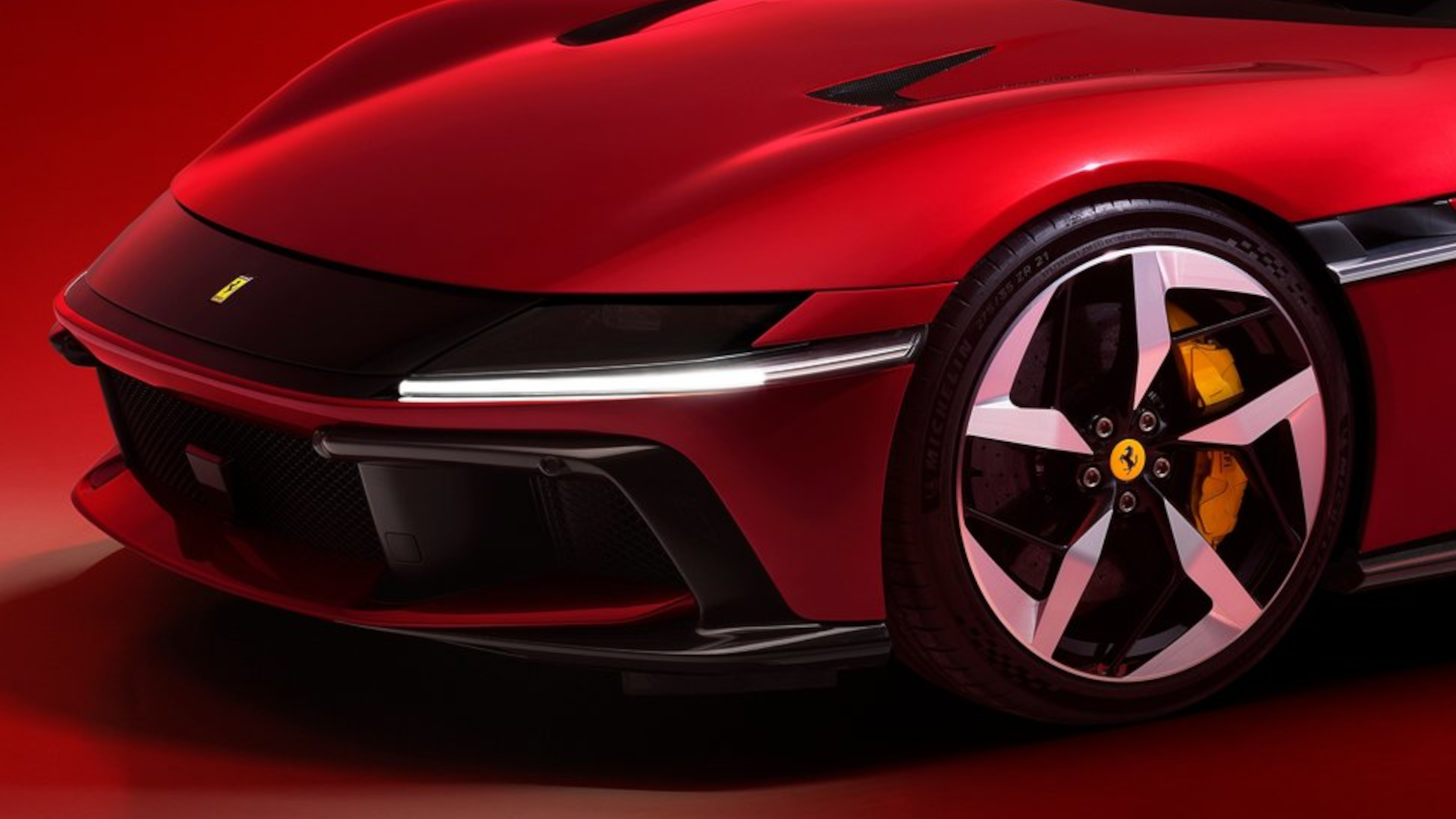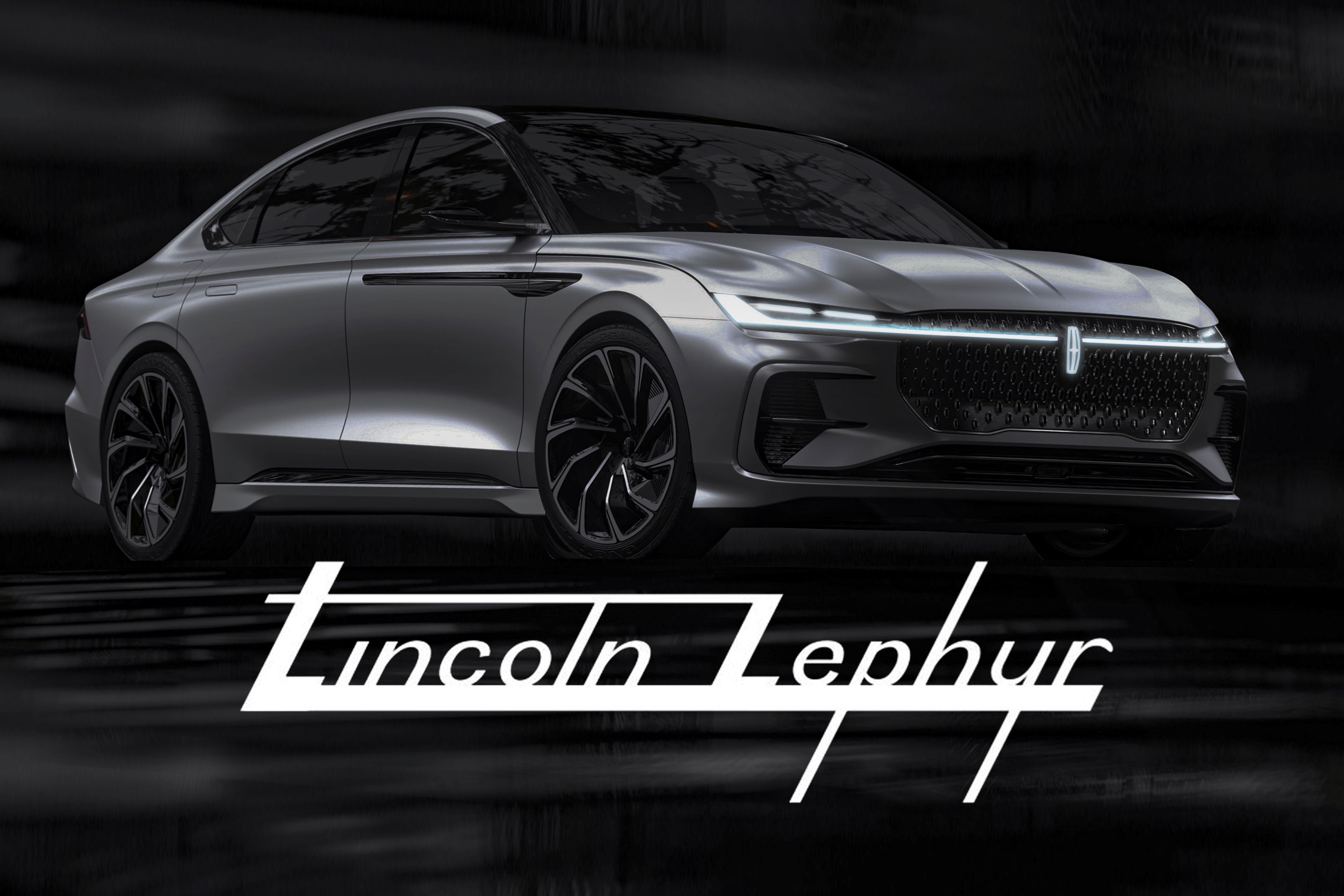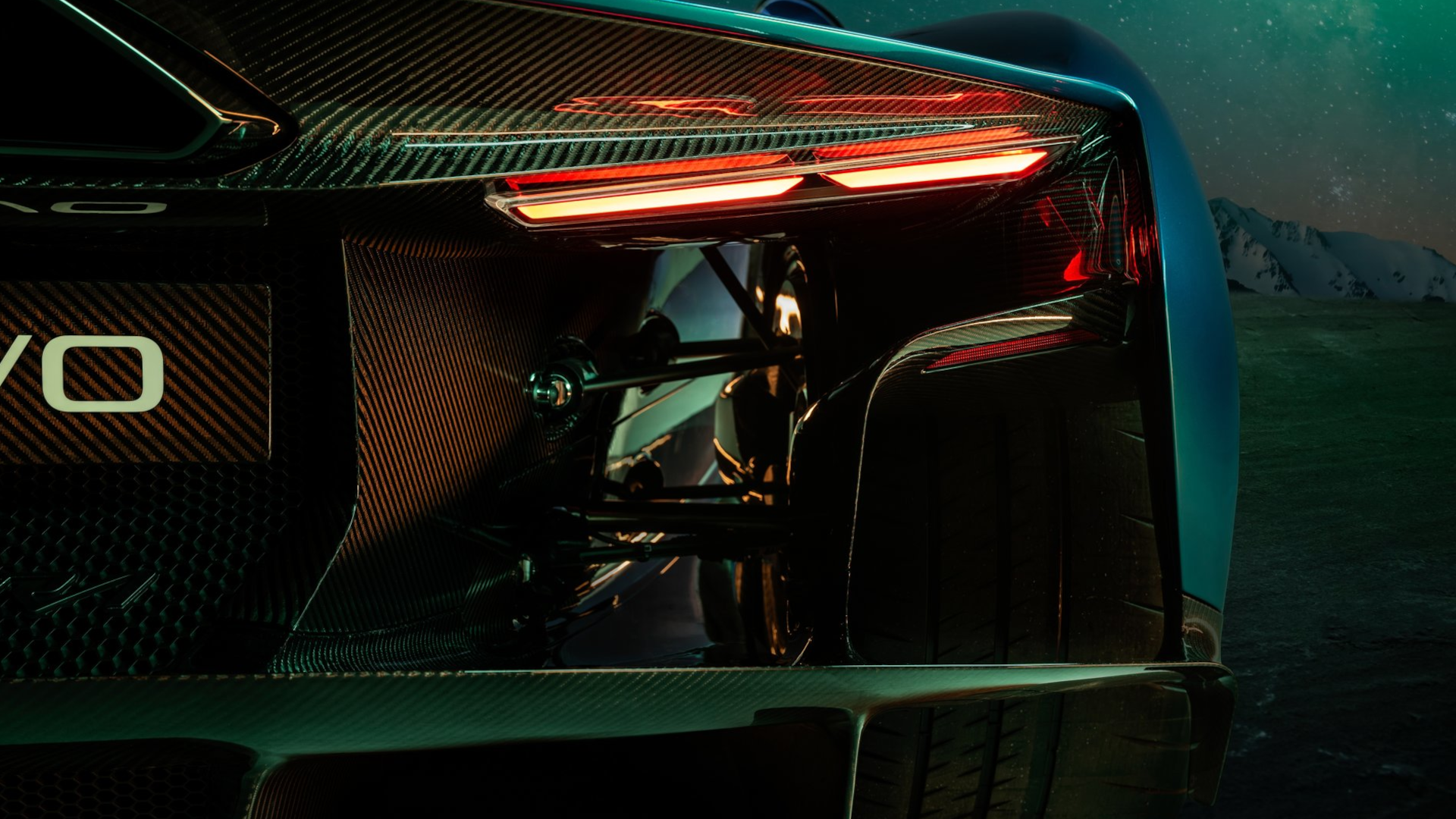
When it comes to an engine that’s built for sheer performance, we typically think of the V12, at least in modern times. Most high-end automakers feature, or have featured, V12s in their flagship models. You don’t have to think very hard to come up with iconic cars like Lamborghini or Ferrari, both of which have showcased extensive use of the V12 engine for many decades, and continue to do so in some of their current cars, such as the Revuelto and 12Cilindri, respectively. We also can’t forget about other marques that have used the V12 liberally in the past, like Jaguar.
Lincoln
Also known as the Lincoln Motor company, Lincoln is the luxury vehicle division of all-American Ford. It was founded in 1917 and named after Abraham Lincoln; five years later, Ford acquired it and has remained its parent company till today. It was briefly paired with the Mercury brand in the wake of World War II, but the latter closed down in 2010. Today, you can buy only high-end crossovers and SUVs from the brand, including the flagship Lincoln Navigator. The brand is known for its loyal fan base and Cadillac-rivaling luxury.
- Founded
-
1917
- Founder
-
Henry M. Leland
- Headquarters
-
Dearborn, Michigan, U.S.A
- Owned By
-
Ford Motor Company
- Current CEO
-
Dianne Criag
It’s surprising to learn, with all the V12 hype in the rest of the world, that the US has been strangely silent on the matter. In fact, the US hasn’t even witnessed a domestically produced V12 since the Truman administration. The last V12 engine to ever leave a US factory did so in a 1948 Lincoln H-Series, some 77 years ago now. However, unlike most of the world that obsesses over the V12’s performance capabilities, the H-Series V12 was simply meant to be as smooth as possible.
This article focuses on the last American V12 engine used in a car. A GM V12 was used more recently in heavy trucks of the 1960s developed from two V6 blocks.

Related
The Most Powerful Naturally Aspirated V12 Available In 2025
The most powerful naturally aspirated V12 engine available in 2025 serves as the core of one of Ferrari’s latest offerings.
The Final Series Production American V12
Lincoln H-Series Key Points
- Produced between 1946 and 1948
- Continued the Zephyr lineup after World War II
- Its design took inspiration from airplanes
- Its V12 engine was closely related to Ford’s Flathead V8

Related
Lincoln Wants To Bring The Zephyr Back To Life
New trademark suggests that Lincoln will revive the Zephyr name.
Following the close of World War II, the American automotive industry began to undergo a major change. Suddenly, folks were becoming more interested in what a car can offer. On top of this, consumer preferences were changing, and the old-school styling seen in pre-war vehicles was quickly growing obsolete. The Zephyr, Lincoln’s flagship, suffered from this, but Lincoln was not ready to give up on the model just yet. So, the Zephyr name was dropped, but the model lived on, albeit only for a short while.
The model name to replace the Zephyr actually wasn’t a model name at all, rather just a description of the Lincoln model. There were the Sedan, Club Coupe, and Convertible models, all of which fell into the then-newly-named Lincoln H-Series. While the Zephyr name was no more, its naturally aspirated V12 engine lived on, after the only other US producer of V12s, Packard, discontinued its V12 just a couple of years prior to America’s entry into World War II.
The Zephyr/H-Series Lincolns were designed by a man called John Tjaarda. Reportedly, he was obsessed with airplanes at the time of the Zephyr’s design, so the production model featured lightweight unibody construction. The Zephyr/H-Series was also known for its low levels of aerodynamic drag, boasting a drag coefficient of just 0.45, an exceedingly low number for cars of that period.
12-Cylinder Detroit Iron
The Lincoln V12 engine debuted in 1936 as the Lincoln-Zephyr V12. Contrary to popular belief, the Zephyr/H-Series V12 is not related to the Lincoln K-Series engine. Instead, the Zephyr/H-Seires V12 is actually based on Ford’s Flathead V8 design, an exceedingly popular motor whose roots can be traced back to 1932. Although the two engines were similar, the V12 used a 75-degree cylinder bank angle, as opposed to the Flathead V8’s 90 degrees.
|
Lincoln H-Series Specifications |
|
|---|---|
|
Engine Details |
292 CID (4.8L) side-valve NA V12 |
|
Horsepower |
130 hp |
|
Torque |
225 lb-ft |
|
Bore x Stroke |
2.750 in x 3.750 in |
|
Compression Ratio |
7.2:1 |
|
0-60 mph |
17.2 seconds |
|
Top Speed |
90 mph (estimated) |
|
Engine Dry Weight |
approx. 950 lbs |
On top of its V12 powerplant, the Lincoln H-Series sported a curb weight of just 3,350 pounds, extremely light for American cars of the period. Of course, we can thank Mr. Tjaarda for this, as his keen interest in airplanes meant his car designs were destined to be light, as well as aerodynamic. Its unibody construction also meant it was rigid, too, presumably much more so than the traditional body-on-frame cars of the era.
1948 Didn’t Mark The End Of The Zephyr Legacy
It would be a long time before the Zephyr name was revived. In 2006, Lincoln announced the return of the Zephyr nameplate, and the new Zephyr was meant to be Lincoln’s version of Ford’s then-new Fusion mid-size sedan. It was supposed to bring Lincoln into a new age of luxury, as buyers who preferred cars such as the Town Car were beginning were becoming fewer, prompting Lincoln to revitalize its model lineup.
However, the Zephyr nameplate stuck around for one year only, as Lincoln revised and renamed the sedan for the 2007 model year, after which the Zephyr lived on simply as MKZ. That meant the only remnant from the iconic name to make it into modern times was the “Z” in MKZ. Once the MKZ was axed in 2020, the Zephyr name, in all of its forms, died with it in the US. However, the Lincoln Z is still produced, although only for the Chinese market.
Ford Almost Brought The American V12 Back From The Dead
In the mid-1990s, Ford was almost responsible for resurrecting the American V12 motor. In 1995, Ford revealed its GT90 concept car, a model meant to carry on the legacy of the fabled Ford GT40, which was responsible for four iconic consecutive wins at the 24 Hours of Le Mans between 1966 and 1969. The engine featured in the GT90 was a design unique to the GT90. In order to test the engine, the GT90 development team actually shoehorned it into a Lincoln Town Car.
The GT90 was built nearly entirely in secret, hidden away from the rest of Ford’s designers and engineers. Because Ford owned a majority stake in Jaguar at the time, the GT90 concept shared a few key components with the XJ220, such as its transmission and several parts of its chassis as well. Its design was meant to showcase Ford’s then-new “New Edge” design philosophy, as its sharp lines and small lighting features are key aspects of the look. The engine was a powerhouse, and one of the very few ever in history to be fitted with four turbochargers.

Related
The Only Quad Turbo Production Cars In History
For most cars, one or perhaps two turbochargers are enough. Some brands decided to equip their special models with four turbos, though they’re rare.
Unfortunately, production of the GT90 just wasn’t in the cards for Ford as a whole. Much like many other stillborn concepts, the GT90 was simply too expensive to justify putting into production, as each one produced would likely have cost Ford money to sell, rather than make them money. On top of this, Ford’s top brass was also concerned with diluting the Aston MArtin brand, which Ford also owned at the time.
Sources: Ford, Lincoln, Supercars.net, Antique Automobile Club of America.


